When we are looking forward for shopping on silk eye mask, pillowcases, bed sheets and duvet covers, customers usually will browse many different brands for preparation. They claim that their products are made of grade 6A Mulberry silk,
They called 6A silk is “top silk”.
Naturally people will ask:
What is “6A” grade?
Searching on Google, you will get the answer :Grade 6A silk is made from the longest silk fiber.
Is it the only right answer we can get? Let’s study gently,
The quality standards for silk include:
Standard GBT 15551-2016 Mulberry Silk Fabric and Standard GBT 1797-2008 Raw Silk Quality. Both standards were formulated by China. Since Chinese silktrade occupied about 80% of the global silk market, the standards are widely used internationally.
According to China GBT 1797-2008 raw silk quality standard, raw silk is divided into 11 grades:
*6A, 5A, 4A, 3A, 2A, A, B, C, D, E, and F.
(The 6 most commonly used levels are from 6A to A. 6A is the grade that represents the best quality.)
This standard standing for the quality of raw silk, but does not indicate the quality level of raw silk woven into finished products. The quality of finished products is affected by many subsequent processes, such as weaving of fabrics, dyeing or printing, and the process of sewing the finished product.
The quality of raw silk is 6A. Does it mean that the finished eye mask and pillowcase are 6A?
The answer is negative.
Determine whether the received scarf, eye mask, pillowcase, pajamas, others are 6A standards, we can following:
1) Firstly , judging from the raw material of silk
Silk raw materials include mulberry silk, Tussah silk, castor silk, etc.
Mulberry silkworm:
It is the best silk, which is the silk drawn from the cocoon of the mulberry silkworm. A silkworm cocoon is composed of a spun silk fiber 800-1500 meters long. It can reach 3000 meters. This kinds of silk is white with yellowish color, fine soft hand feeling, good moisture absorption, high strength, and bright surface with a little animal fiber peculiar smell. Which the quilt or pillowcase made from this kind of silk is particularly soft and fix to the body.
Tussah silkworm:
Tussah silkworm is a wild silkworm that feeds on various wild leaves. The content of sericin in tussah silk is less than that of mulberry silk, which is 12%-15%.
The silk have pigments inside and outside, and the impurities are difficult to remove. The original tussah silk is brown, it’s light yellow and glossy. It contains natural pigments, tussah silk is generally difficult to bleach and dye, and it is easy to turn yellow and fade after sun exposure. Tussah silk has good strength and elongation, in natural fibers, the fineness of tussah silk is generally about 5.55dtex (5 denier), which is slightly thicker than mulberry silk, and the uniformity of thickness is also slightly.
In addition, in the construction of tussah silk contains more "sericin", which causes to feel rough, not smooth enough, and has a dull luster; and the rigidity of tussah silk is relatively strong, but not very fix the body.
Castor silkworm:
Castor silkworm, also known as Indian silkworm, is one species of silkworm. It was originally a wild silkworm that grew in the wild. The cross-sectional shape of castor silk is similar to mulberry silk, but it is flatter than mulberry silk. The cocoon coat of castor silk is thicker. About 1/3 of the cocoon layer. The cocoon layer is soft, lacking in elasticity, and the thickness is quite different. The outer layer is loose like cotton. The luster of the silk drawn from this cocoon is not as bright as that of the mulberry cocoon. It cannot be reeled and can only be used as a raw material for silk spinning.
In summary, it can be concluded that mulberry silk is the best raw silk raw material, and 6A grade raw silk is extracted from mulberry silkworm cocoons.
On the basis of the raw materials of mulberry silk, we also need to classify the silk according to the following verification:
*Raw silk deviation
*maximum deviation
*Average two-degree change
*Average three-degree change
*breaking strength
*elongation breaking
*cleanliness
It is worth noting that there is no mentioning of the length of rawsilk that can reach the standard of 6A silk.
So Google search results: The answer of 6A silk is made from the longest silk fiber is wrong.
The length of real silk cannot be used as the fundamental for judging 6A. Silkworms can spit out long silk is healthier than other silkworms,the silk fibers produced by stronger silkwormswillbe better, but using the length of silk as a classification criterion is unreasonable.
2)Judging from the appearance of the woven silk fabric.
According to the GBT 15551-2016 standard for mulberry silk fabrics, the appearance quality system of silk fabrics is a 4-point system.
Defects on silk fabrics will be deducted from 1 to 4 points.
One point: The defect length is 3 inches or less than 3 inches
Two points: the length of the defect is more than 3 inches and less than 6 inches
Three points: The length of the defect is more r than 6 inches and less than 9 inches
Four points: The length of the defect is more than 9 inches
Generally divided into five grades. The maximum deduction is 15 points for the first group, 20 points for the second group, 25 points for the third group, 40 points for the fourth group, and 60 points for the fifth group. The greater defect that themost points it will deducted.
Therefore, the deduction for 6A silk fabric is the lowest (less than 30 points per 120 square yards).
3) Judging from dyed or printed of the silk fabric
Dyeing or printing will mainly cause the following problems:
.jpeg)
(There are dirt or color spots on the silk fabric)
副本.png)
(The color is uneven with some part light and some part deep)
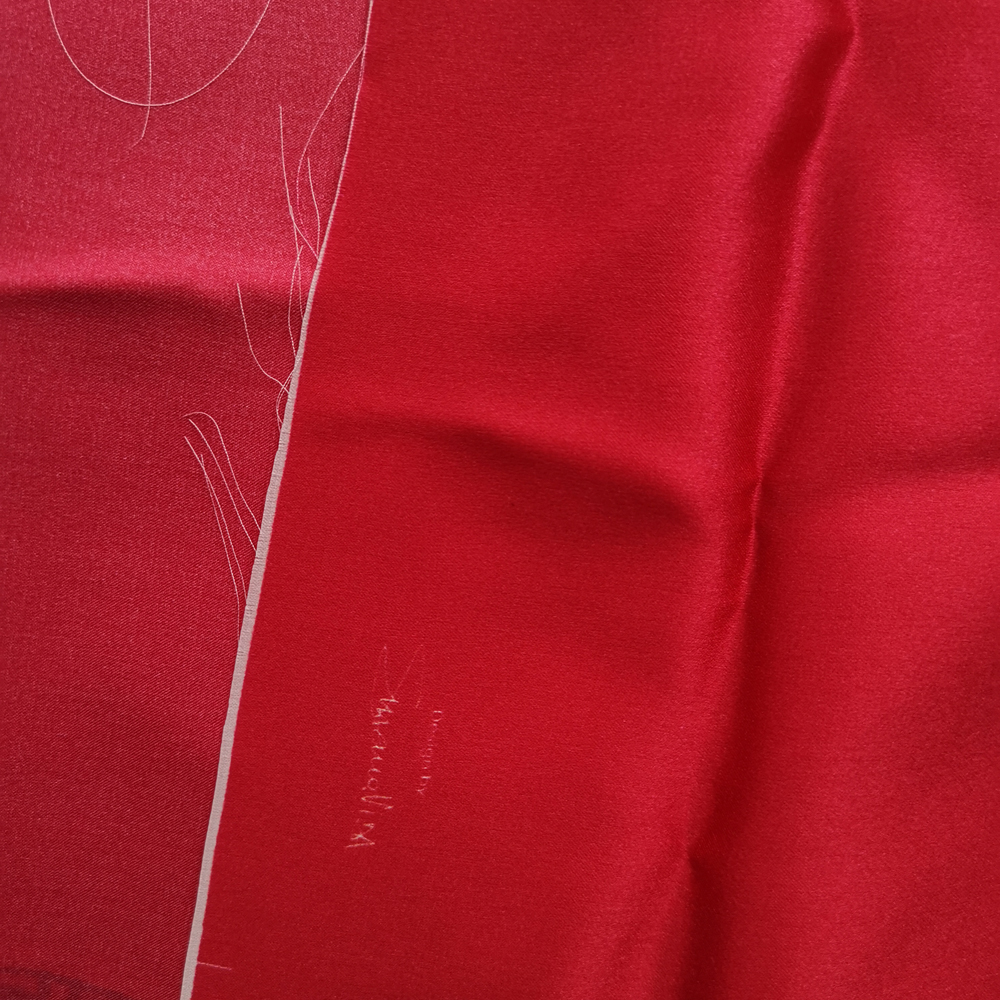
(The Logo or design are not clear )
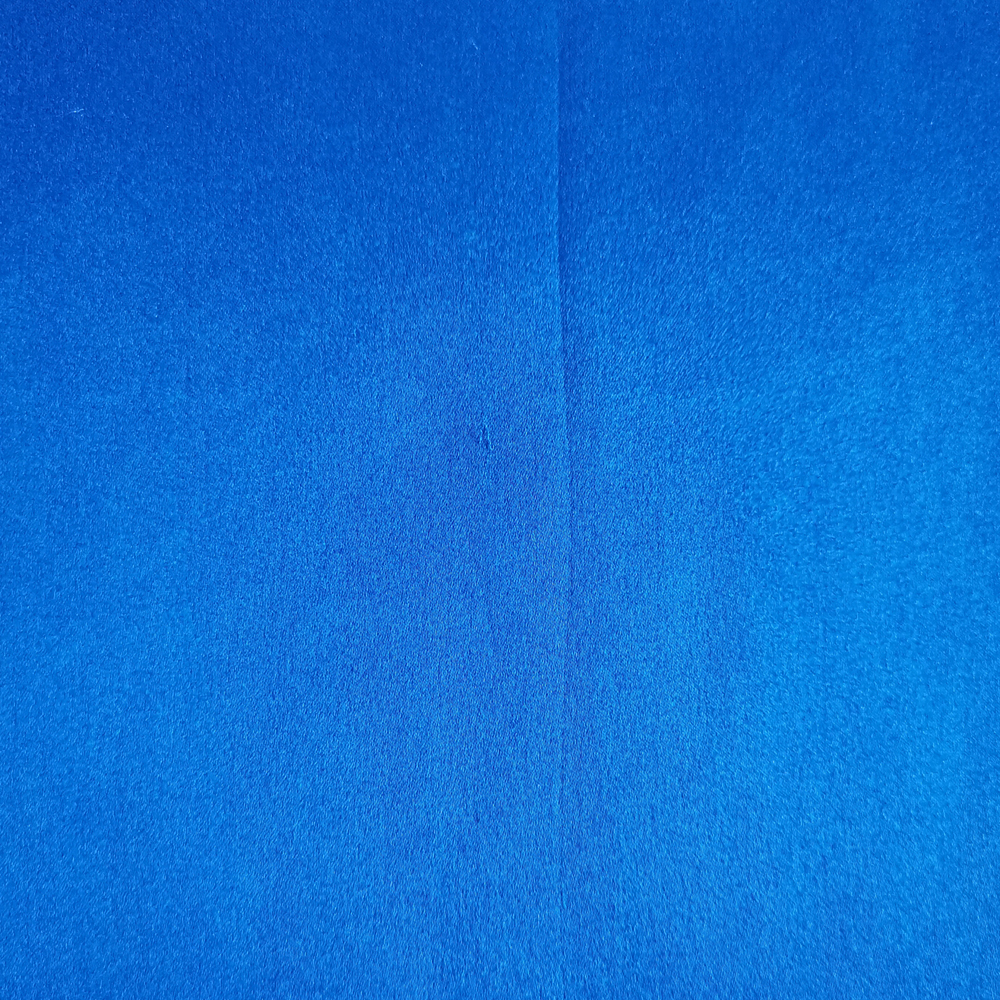
(The silk fabric has crinkle that unable to make it disappear)
*The above problems are the main . The finished silk fabrics of grade 6A cannot show any of the above printing or dyeing problems.
- Judging from sewing, embroidery and other
1. Is the distance between each suture uniform average? The quality requirement of 6A required that the distance between each seam position is the same and the seam needs to be very flat.
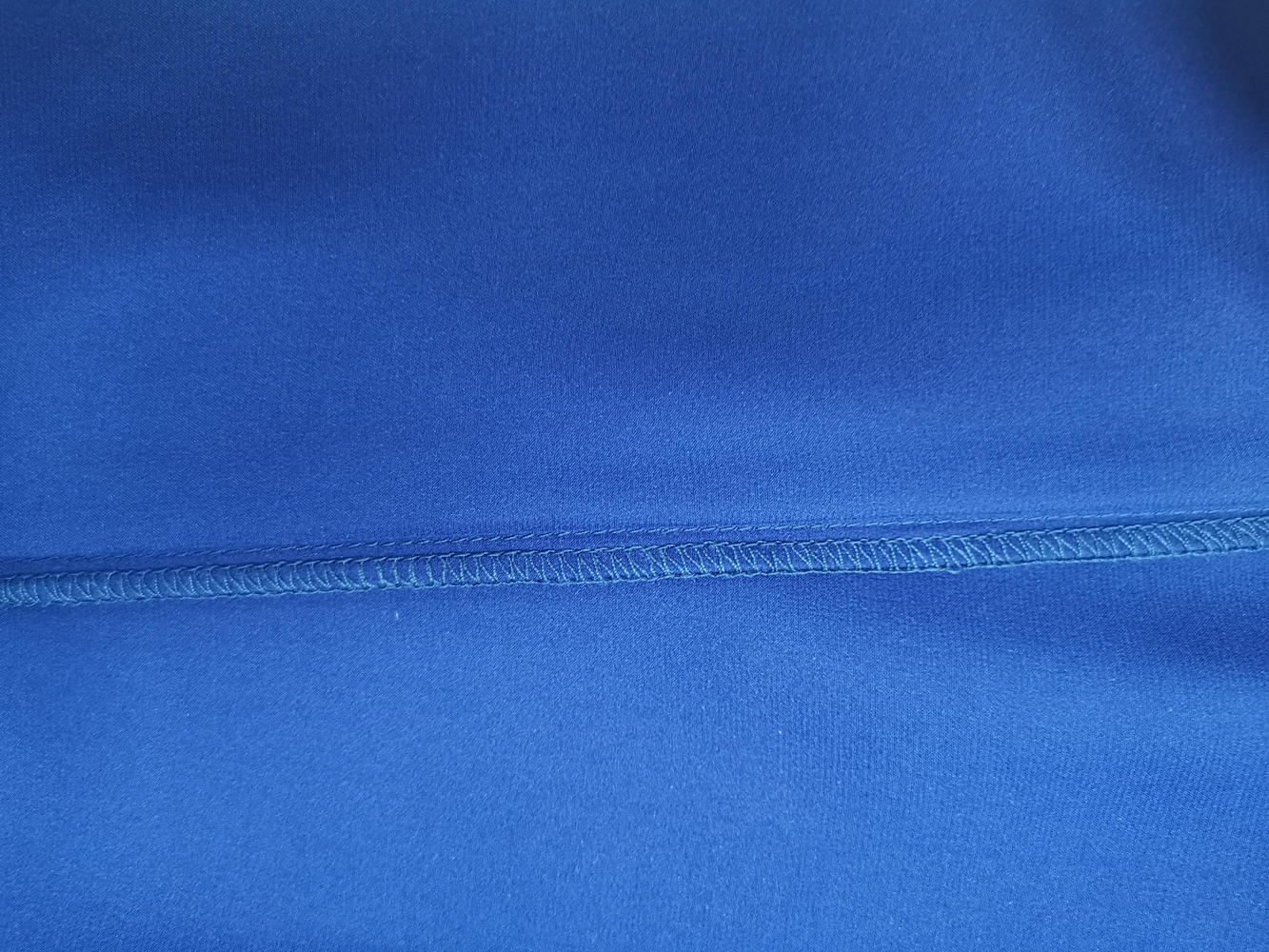
2.Are there two long parallel sutures? Occasionally the thread may be broken during the sewing process. According to the requirements of high quality, the position of the broken thread must be strictly fixed, and the position of the broken thread will be re-sewn at the upper or lower position of the poor quality.
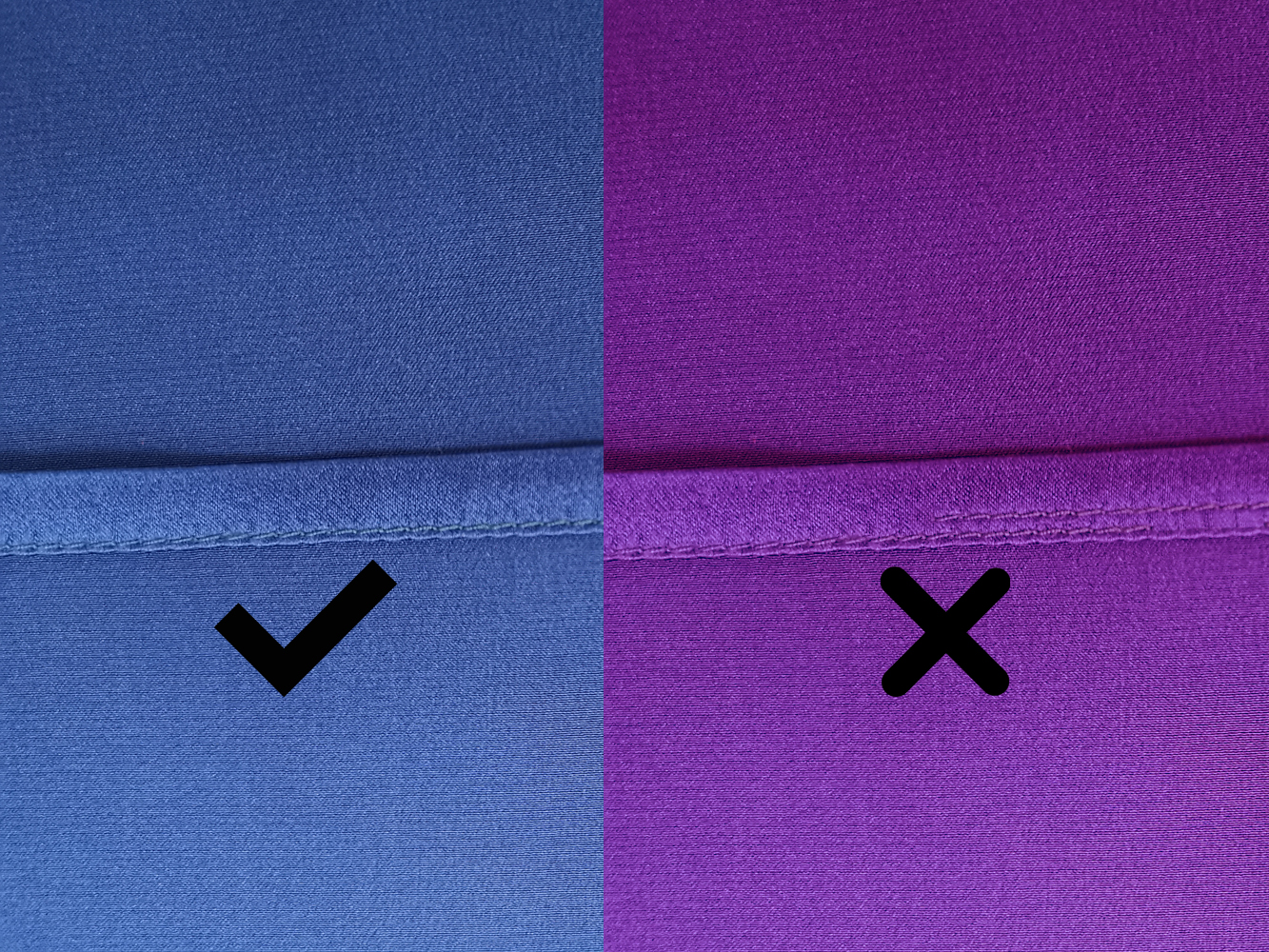
3.Is there any extra thread? The quality requirements of 6A will cut off the excess thread as much as possible during the quality inspection process.
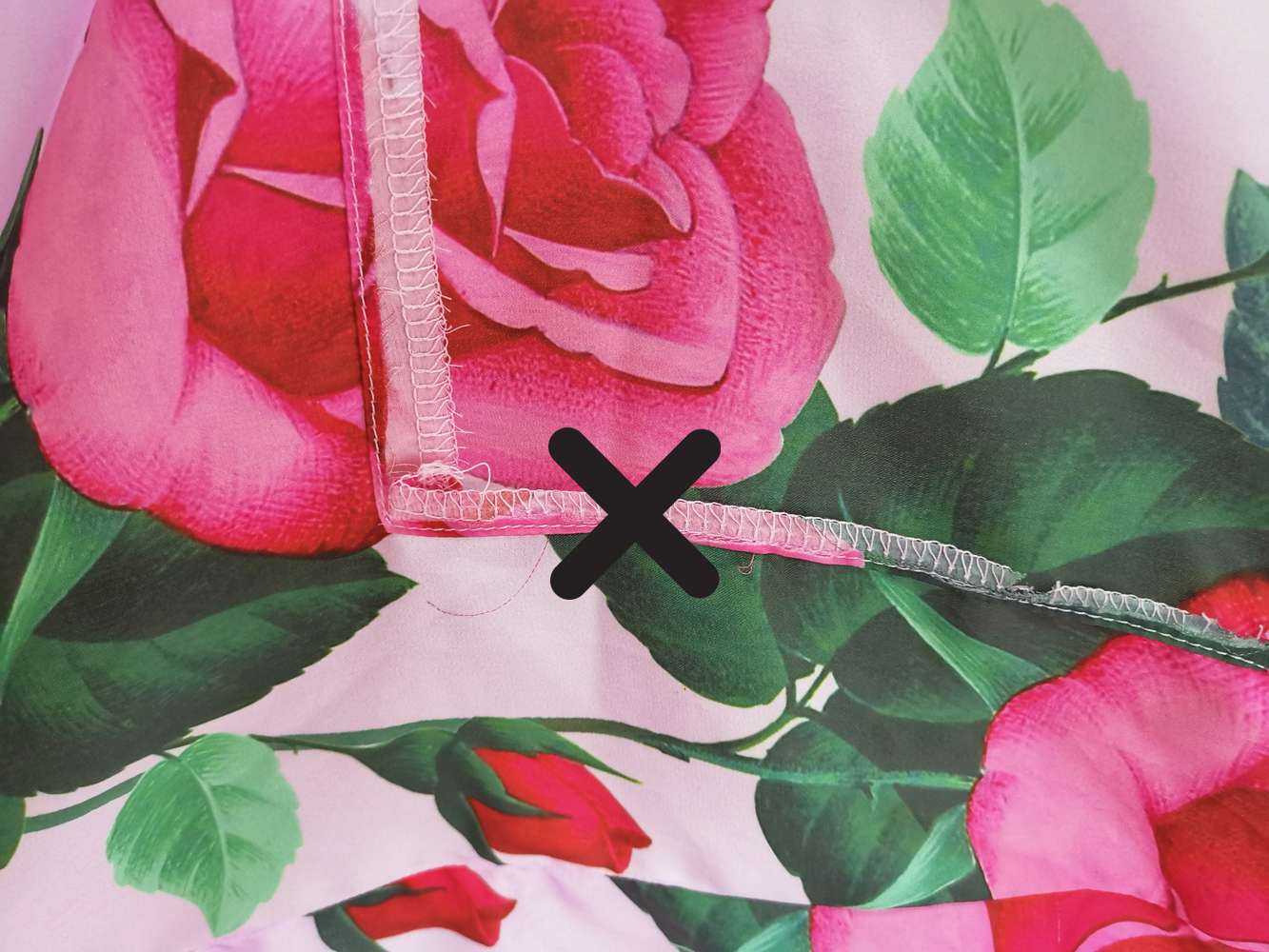
*A 6A grade silk pillowcase needs to ensure that the above quality can meet the requirements.
The important point is that 6A silk fabrics must ensure environmental protection and safety standards, WETHER ithas passed some test like OEKO, SGS... and make sure all materials used from raw materials to finished products are environmentally and harmless.
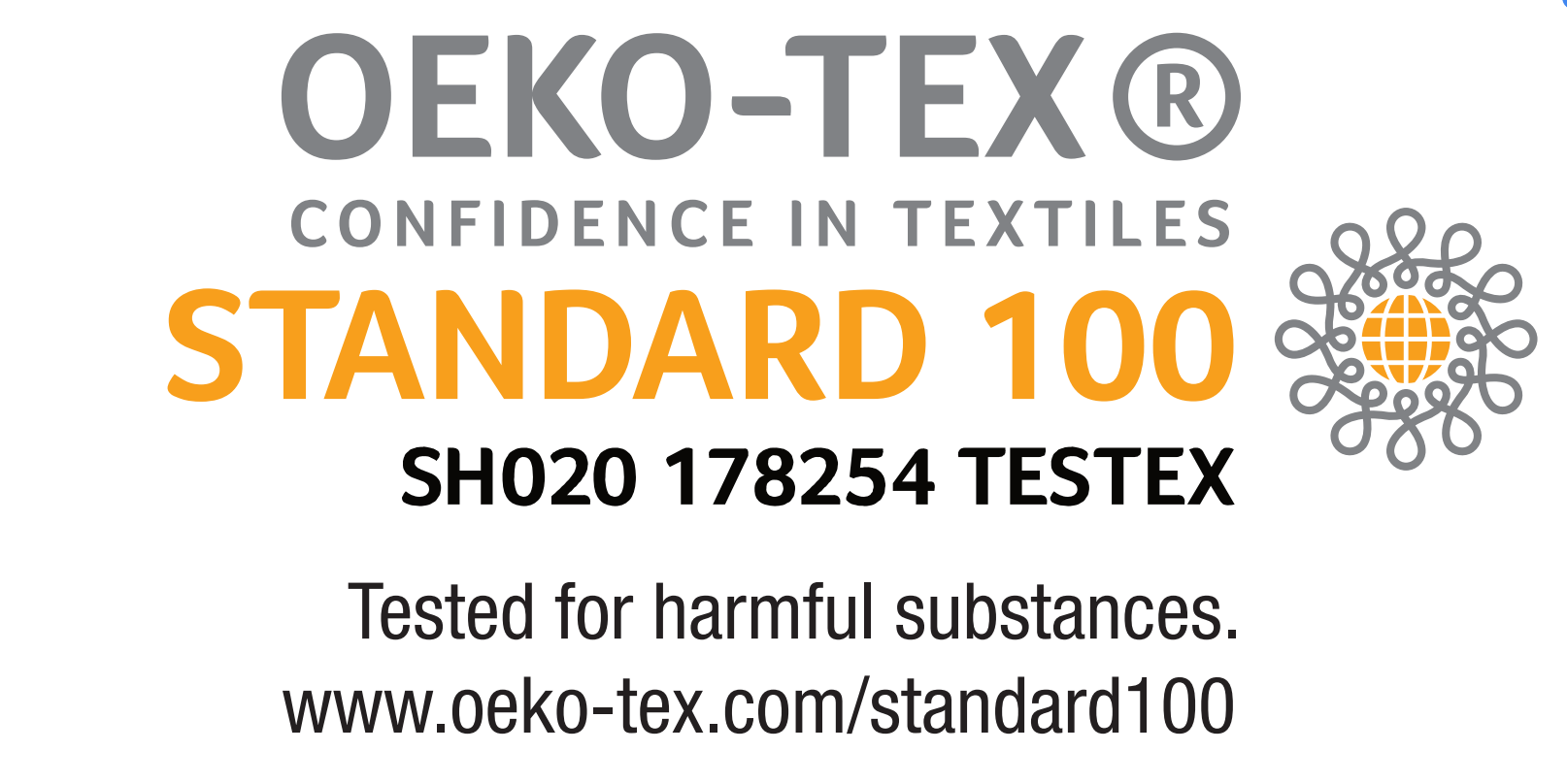
At this point, I believe that you have a clearly understanding of what 6A silk is. It is a professional and complicated thing to judge whether a 6Asilk product. In daily choices, how do we choose high-quality silk products?
Here are some tips:
1. Don't take required 6A as the most important point when making options
Mostly shopping malls, Amazon, EBAY and other stores claim that their silk pillowcases,pajamas and others are all 6A grade silk, but they are actually fake; Because 6A grade silk is basically exported from China, and it will consume a part of national silk in Chinese domestic market. Less than 1% of exported silk is 6A.
2.Why not prefer thicker silk
Just like fake plastic gems will not appear on realgold jewelry, low-grade raw silk will never be used to produce high-end silk fabrics, because they are most likely to create fabric defects and reduce fabric quality.
So, if you prefer high-end silk products and don't know how to distinguish, then will choose a thicker silk bedding fabric for your budget.
3.The most important thing is your experience of silk production using.
If your silk bedding makes you feel comfortable, you don’t need to worry about whether it is 6A or other grade, because as far as 5A and 6A grades of silk are concerned, they are all high-grade silks. Non-professionals person cannotjudging by sense of look and feel.





 English
English German
German French
French Russian
Russian Spanish
Spanish Japanese
Japanese Korean
Korean Portuguese
Portuguese Ukrainian
Ukrainian Arabic
Arabic Italian
Italian











Comments
Leave A Comment